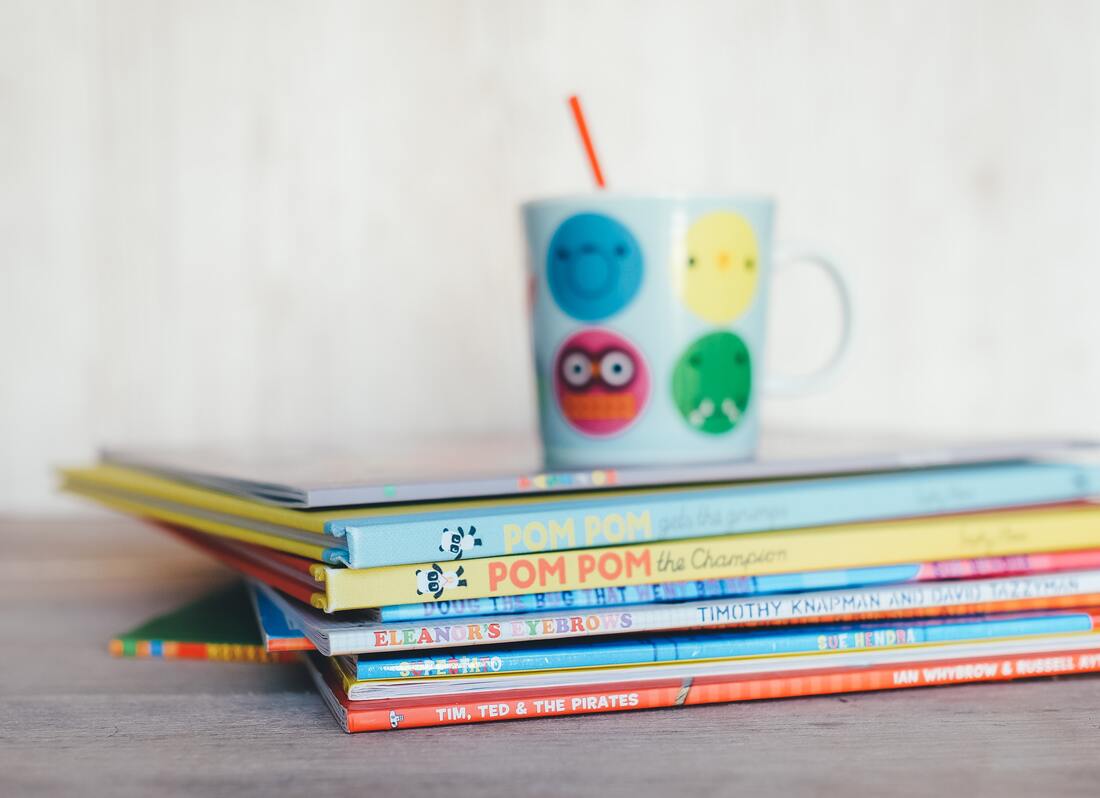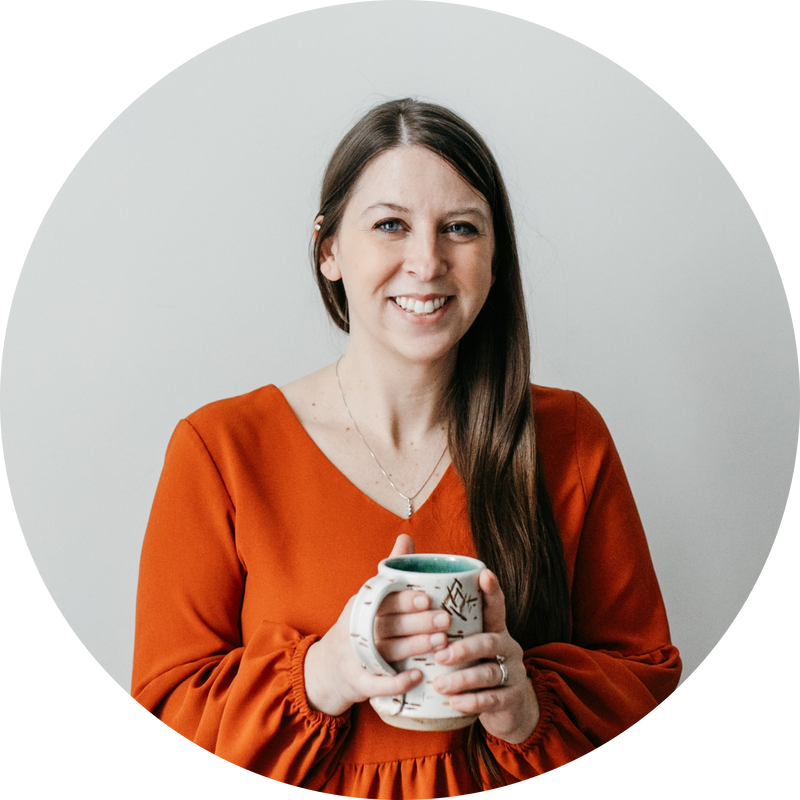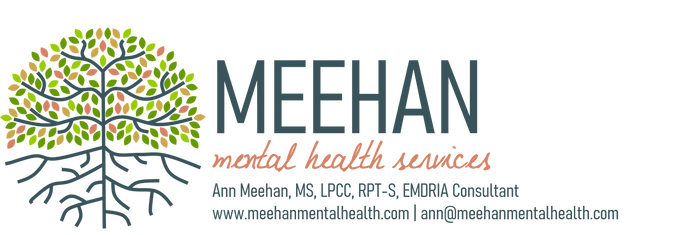|
When you have worked with kids for more than a minute or two, and especially when you are starting as a child therapist or gaining a specialty with Play Therapy, there are common myths that you tend to bump up against, and maybe even start to believe.
You might hear them from other co-workers, therapists who work with adults, OR these might be some of the sticking points that leave you on the edge of working with children. I wanted to dive into dispelling these 5 myths that I hear so often and get real about what it is like to work with kids. You Have to Have All The Perfect Toys One of the most frequent questions I am asked by new Play Therapists is “what toys do I need”? This is often accompanied by some anxiety and to be honest a bit of imposter syndrome. Like, I’m not a “real” Play Therapist unless I have everything just right. Now, helping to support new Play Therapists set up their space is really my jam. I talk HERE about how to trust the resilience of children to use their imaginations to create what they need (with whatever toys you have on hand) to share their stories, process through the pain, and engage in healing. For those of you that really want to know - the University of North Texas has an excellent comprehensive list for Child Centered Play Therapists HERE, (but make sure to let theory lead the way). When you look at the end of the article with the “comprehensive Play Room” recommendations it can get a bit overwhelming. I talk about the “Portable Playroom” HERE, that is a little more compact but hits all the areas. But…. the secret? There is no perfect toy. No perfect setup. No perfect combination. The toys have limits within your ability to hold the therapeutic space. As a matter of fact, therapists like Lisa Dion (here and here) argue that you are the most important toy in the play room. It is not the perfect shiny new toy or the most expensive tools that make the difference - it’s you, holding space for the child to be themselves. You Have to Know All About “Kid Stuff” When I first started working with younger children I was thrown from a position contracting within a high school into working with elementary school kids, due to grant funding that fell through. When I shared with one of my supervisors that I was making this transition I clearly remember the conversation as I was processing what it meant for my professional development and identity to make this shift. “I don’t even know anything about kid stuff” I remember sharing with her in my distress and anxiety over just how in the heck I was going to connect with Kindergarten students who were interested in Disney movies, video games, and pogs. Did kids even still play with pogs? I didn’t even know! (They didn’t.) I was anxious of how I was going to connect, build rapport, and engage when I didn’t know the slightest bit about the latest toys, lingo, or technology. Now, don’t get me wrong. I am definitely not knocking any of you Star Wars, Frozen, Lego or Fortnight lovers! (I mean, who can resist singing Let it GOOOOO?). If you have the superpower to speak the language of Minecraft or Klingon to join with your clients, that is fantastic! But, in a world where there are 118,109 video games and counting - you aren’t going to know it all. And you don’t have to . Moment of truth? I STILL don’t know how to play Animal Crossing, what exactly a hatchimal is, or why on earth you arrive on an island on a bus. However I am kind of down with those big squishies. The important part? Getting curious, asking questions, letting the client lead the way, and a little Google search here and there! You Have to A Separate Playroom Oh the places you’ll play! It kind of sounds like a Dr. Seuss book. In this training HERE I had the funnest time researching all the places that therapists played, gathering pictures, and pouring over text books. In this book HERE Terry Kottman and Kristen Meany-Walen talk about playing in a corner of a hallway in a school setting. My first office was a teeny tiny space that housed a janitor's closet. I have played in the corner of conference rooms, out of a suitcase, and now exclusively virtual. What do all of these spaces have in common? Meaningful therapeutic work was happening through the powers of play. A giant Playroom is nice - AND I’ve never had one all to myself. In community mental health the Playroom was shared so if it was booked my office would double as a play space. In Private Practice I am only allocated one office so you get pretty crafty with how you set up your toys! At the end of the day (or the beginning of the session) you let the relationship lead the way and whatever surrounds you melts away as you enter the world of playing house, princesses, zombies, or all out battle. You Have to Work Nights and Weekends I am a morning person. I am my best self as a therapist until about 4 or 5 and then I can hit a bit of an energy slump. I also (believe it or not) do not want to live at my office, although some of our younger clients really do think we live there. I value balance, family time, and self care that happens for me by not working nights and weekends. All of this makes me a better therapist. When I first started out working with children I would have what I called “bookend days”. You know, those days where the mornings were full, the afternoons and evenings were full, but the middle of the day? Crickets. It was required to work several evenings per week in community mental health and I ended up feeling tired, worn out, and disconnected from my family. And worse yet? I was struggling to meet my numbers unless I added more evening clients. When I transitioned to Private Practice I still had the same mindset until one day I thought (as most of my good ideas start with a "what if") - what if I didn’t.....work nights? What if I was able to leave the office at 5 or earlier? And then...I did. I found that once I got clear on the specific needs of my schedule, set clear boundaries, and got really good at creating systems for my schedule - it all fell into place. My work hours are now 8-5 two days per week and 7-4 two days per week. It’s been that way for years and I have had no problems filling my spots - beginning, middle, and end. I don’t resent or dread working late, I have a clearer head, and I get to show up the way clients need. If you are interested in more support around this check out this training HERE to help you get a schedule that works for you. Kids Can’t Handle the Hard Stuff Parents and other professionals often have ideas that we can’t share the hard stuff with kids because they “can’t handle it”. This often comes up with the hard topics such as being adopted, a parent’s suicide, parent incarceration, or a parent who struggles with alcoholism or chemical addiction. The truth? Kids are like sponges. They soak in everything we say and everything we don’t. They have nervous systems that sync and communicate with their parents, teachers, siblings and peers. And the phone call parents may think is private? Kids tend to have eyes (and little ears) everywhere. If something is up - they are going to know about it. And what's more confusing - if they don’t have an (age appropriate) honest answer for what they are sensing they will create one. Polyvagal Theory would say that “story follows state”. So, the child’s dysregulated nervous system is followed by the creation of a story about what is going on - they fill in the blanks. The child can create a narrative where they are at fault or have other distorted thinking patterns that likely aren't based in reality. Sometimes we want to sugar coat things for children because in the moment it will make them feel better. And then we feel better. And then down the road….things explode. So, how old is “old enough”? What are the consequences at a more mature age 16 of finding out they were adopted, their parent didn’t die in a car accident but committed suicide, or didn’t pass away but is actually incarcerated. What about the consequences of telling a child that their chemically addicted parent is “sick” leading to the child worried that their parent is contagious, will need surgery, and they will get sick too? So.... back to how old is “old enough”. We can answer that question with whatever age the child is today. Right now. I am such a strong believer that an age appropriate and factual narrative can be created for all of the big tough, and traumatic things that are thrown at kids. And there you have it! The top 5 myths I hear so often that we need to leave behind! Hopefully you now have the information you need to wave goodbye to these fallacies - for yourselves, your clients, and peers! What other myths do you hear about working with children or Play Therapy? Leave a comment below!
0 Comments
Leave a Reply. |
Hi, there!I'm Ann Meehan, an LPCC, Loading... Archives
July 2024
Categories
All
|
Privacy Policies | Terms of Use | Disclaimer
Contact
[email protected] | Copyright Meehan Mental Health Services 2022
Contact
[email protected] | Copyright Meehan Mental Health Services 2022





